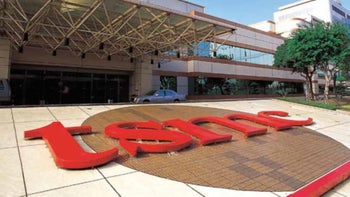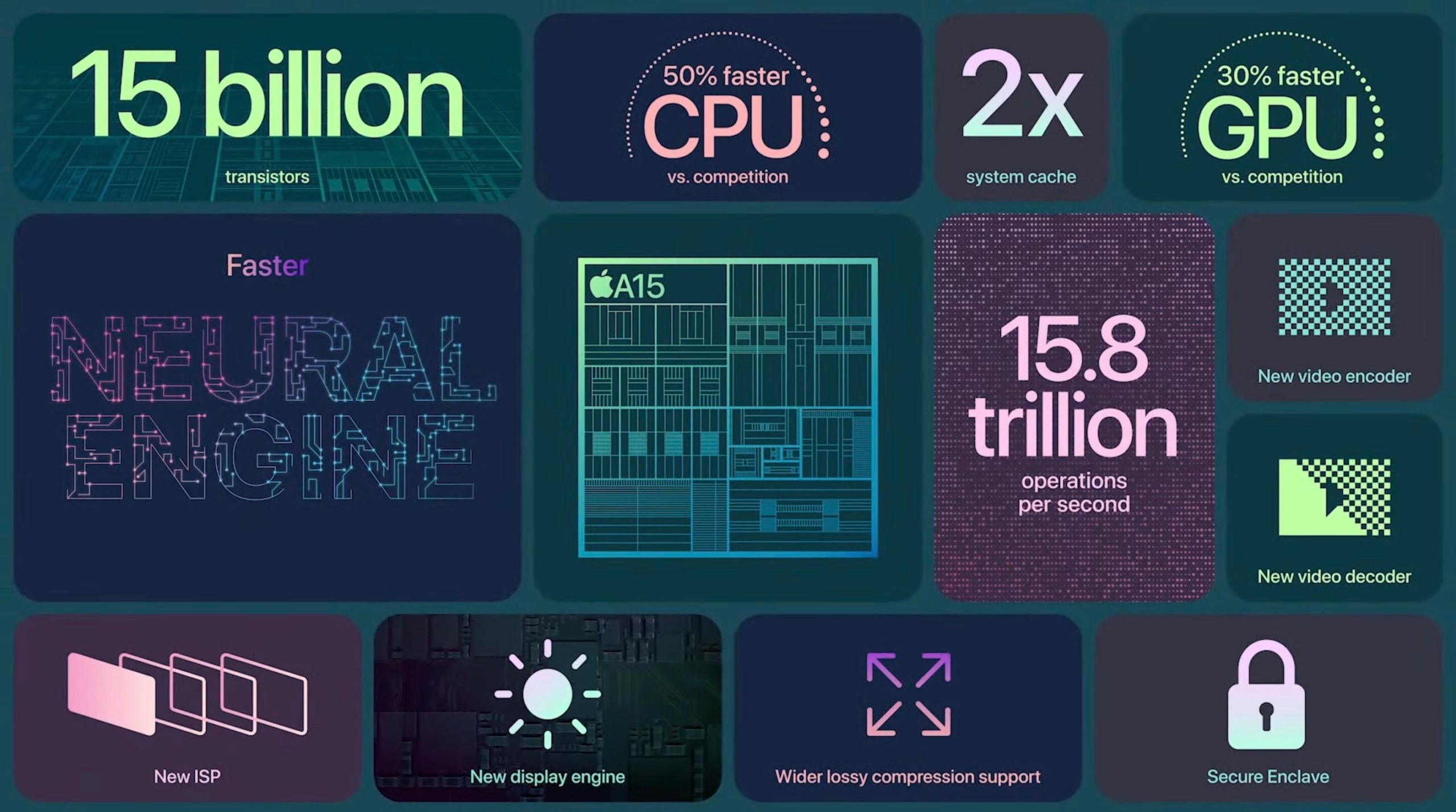With TSMC's 3nm delay and little CPU change this year, can Apple bounce back with the A16 Bionic?

With the Apple iPhone 13 series expected to launch this coming Friday, we need to take a look into the future at the iPhone 14 line. We've already seen a render of the 2022 handset with the notch being replaced by a hole-punch on the display, and a flush-mounted camera module on the back. And the 5nm A15 Bionic chipset under the hood will undoubtedly be replaced by the A16 Bionic.
TSMC's 3nm delay means Apple iPhone 14 series will be equipped with a 4nm A16 Bionic chip
The original plan was for the A16 Bionic to be manufactured by the world's leading foundry, TSMC, using the new 3nm process node. But when you're dealing with billions of transistors in each chip (there are 15 billion inside the A15 Bionic compared with 11.8 billion inside the A14 Bionic) getting more to squeeze in is the problem that the top foundries like TSMC and Samsung are dealing with.

Apple compares the performance of the A15 Bionic to the competition instead of the A14 Bionic
As a result of production issues, TSMC already announced that it is delaying the release of 3nm chips. CEO C. C. Wei said, "It is true that about 3 to 4 months is a delay as compared with 5-nanometer. Because of technical difficulty of 3-nano process, we have come to conclusion with our customer to start production in second half of next year." According to Nikkei Asia, the first 3nm Apple chipset could be the A17 Bionic which would first be deployed on an iPad indicating that a 3nm chip will miss next year's iPhone release.
As a result of the delay, the A16 Bionic powering the iPhone 14 line will be built using the 4nm process node minimizing possible performance gains and energy efficiency. That's because typically the higher the number of transistors in a chip, the more powerful and energy-efficient it is.
Blamed on an exodus of top talent at Apple, the A15 Bionic doesn't seem to be much of an improvement over the A14 Bionic in terms of the CPU according to Semianalysis. Part of the reason for this is the less than 1% gain in transistor density from 134.09 million per square mm to 135.14 million transistors per square mm. That is a puny hike in density which suggests that Apple's search for innovation took it away from the CPU this year, possibly for the reasons that we mentioned at the beginning of this paragraph.
Apple usually offers a year-to-year percentage improvement in performance, but this year it did something different. It cited a 50% faster CPU performance, but against the nameless "competition." And that competition will eventually be releasing their new silicon such as the Exynos 2200 and the Snapdragon 898 chipsets. The latter two chips will both be produced by Samsung Foundry using its 4nm process node.
TSMC CEO C.C. Wei's comment about the 3nm delay is about Apple and tells us when the foundry plans on gearing up for 3nm production. The executive said, "Yes, 3-nanometer technology actually is very complicated and in both processing technology and also the customers' product design. So we work with a customer, and finally, we decided to ramp up in the second half of next year. And this is -- we decided with our customer with the best fit their need."
Apple should bounce back in 2022 with a focus on the A16 Bionic's CPU
Ramping up in the second half of next year confirms that TSMC will run out of time and won't be able to supply Apple with a 3nm chip for the 2022 iPhone line. The foundry has been pretty steady in the past with its roadmaps but now, as there is concern that we are near the end of Moore's Law (the observation that the number of transistors inside a chip double every other year), this hiccup at 3nm might be raising some alarms.
Both TSMC and Samsung are already well on their way to planning out the 2nm process node and back in May, IBM announced that it manufactured the first 2nm chip.
We wouldn't be surprised to see Apple bounce back in 2022. The Geekbench numbers for the A15 Bionic showed a single-core increase of 9% and a multi-core increase of 15%. Expect
much higher gains for the A16 Bionic as Apple looks to right the ship after the large number of its chip executives jumped overboard.













Things that are NOT allowed: